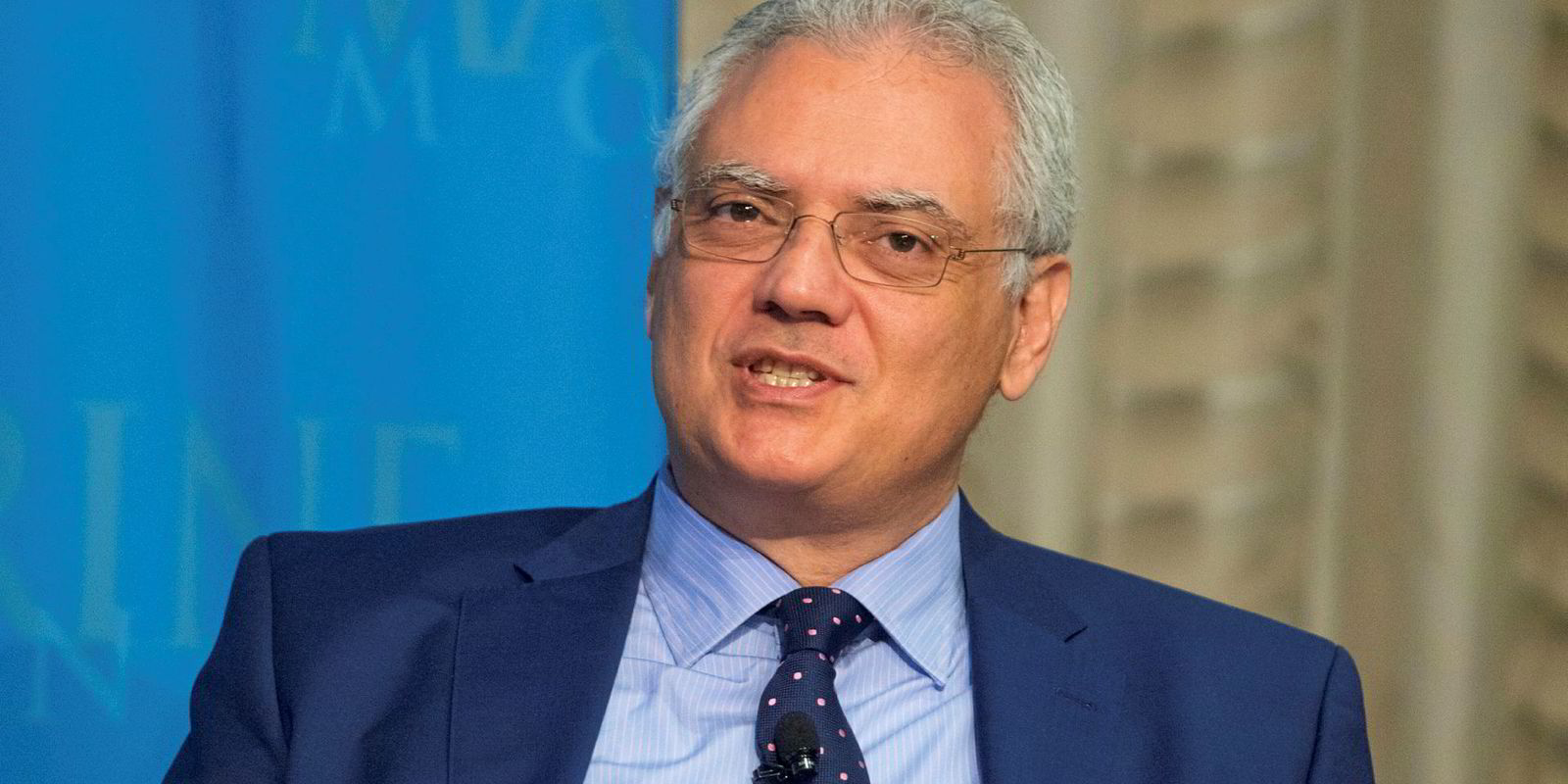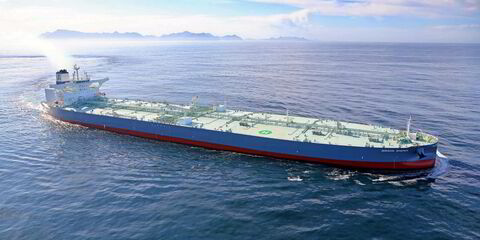A spike in shipowners turning to scrubbers is reducing the likely impact of slow steaming on the capesize market when new regulations kick in at the start of 2020, DNB Markets says.
The bank, which has raised its capesize rate forecasts for the next two years, believes the exhaust cleaning systems represent a good investment for shipowners.
DNB Markets analysts led by Nicolay Dyvik note 2,300 vessels globally are now likely to have scrubbers by 2020.
This covers around 15% of heavy fuel oil demand and largely offsets potential positive effects of higher fuel costs on vessel speed and supply, they argue.
Scrubbers will be most prevalent in the major shipping segments, with the analysts forecasting 973 dry bulk vessels will have the equipment when the new IMO rules come into force.
“The larger and more fuel-hungry vessels are likely to be overrepresented at the scrubber shop,” Dyvik and colleagues Jorgen Lian and Mats Bye said.
They suggest scrubbers for capesize bulkers will come with a payback period of 14 months, assuming a $250 per tonne fuel price spread between HFO and a compliant alternative.
However, given the higher takeup of scrubbers among capesize owners, those with the equipment will have an incentive to speed up, the analysts suggest.
As a result, the net effect of slow-steaming will reduce effective supply by just 0.5%, the analysts calculate.
“We believe large scrubber uptake combined with a young fleet would lessen the 2020 impact on dry bulk,” the analysts said.
Despite the surge in demand from major capesize owners for scrubbers, DNB Markets remains optimistic on the dry bulk market.
With average fleet growth of 2.6% between 2018 and 2021 and demand forecast to increase by 3.3% in the same period, the analysts suggest second hand bulker prices could rise by 11%.
DNB Markets is now forecasting capesize rates of $19,000 per day for this year, up by $2,000 per day from its previous projection.
Its forecast for next year has been increased from $20,000 to $24,000 per day.
Despite the comments around slow steaming being diluted, the DNB analysts now project capesize rates of $27,000 per day in 2020, up from $23,000 per day previously.
“We stay optimistic on the dry bulk outlook, but demand looks more fragile being highly coal-dependent as iron ore is facing slower growth,” Dyvik, Lian and Mats Bye said.






